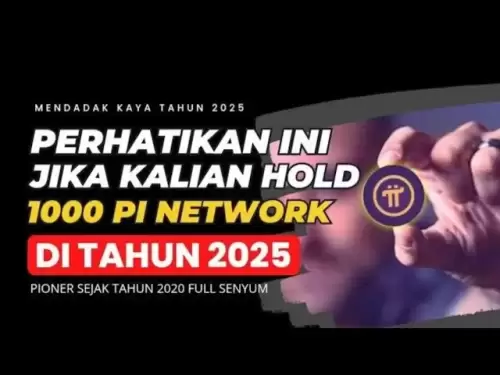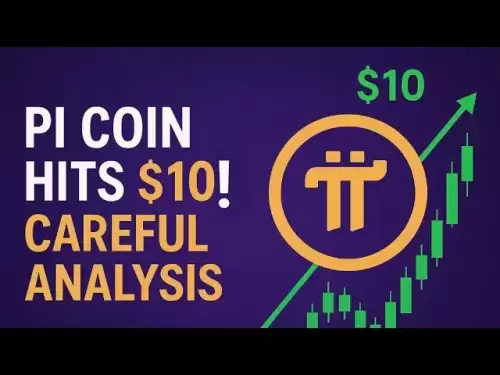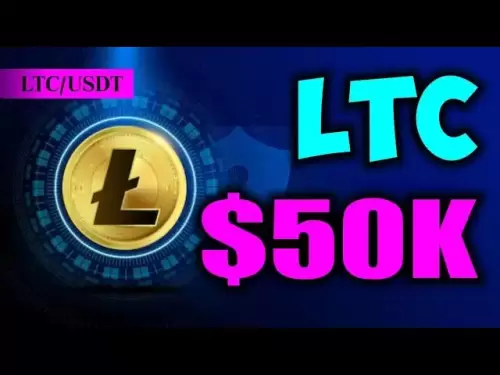-
 Bitcoin
Bitcoin $118400
0.19% -
 Ethereum
Ethereum $3766
5.19% -
 XRP
XRP $3.547
3.45% -
 Tether USDt
Tether USDt $1.000
0.01% -
 BNB
BNB $754.4
2.76% -
 Solana
Solana $182.1
2.48% -
 USDC
USDC $0.9998
-0.01% -
 Dogecoin
Dogecoin $0.2749
12.98% -
 Cardano
Cardano $0.8737
4.84% -
 TRON
TRON $0.3178
-0.78% -
 Hyperliquid
Hyperliquid $46.87
4.87% -
 Stellar
Stellar $0.4745
2.35% -
 Sui
Sui $3.945
4.11% -
 Chainlink
Chainlink $19.49
5.38% -
 Hedera
Hedera $0.2789
4.28% -
 Bitcoin Cash
Bitcoin Cash $549.5
5.60% -
 Avalanche
Avalanche $25.36
1.14% -
 Shiba Inu
Shiba Inu $0.00001576
5.38% -
 Litecoin
Litecoin $117.5
4.42% -
 UNUS SED LEO
UNUS SED LEO $8.987
-0.08% -
 Toncoin
Toncoin $3.299
2.83% -
 Polkadot
Polkadot $4.543
3.41% -
 Uniswap
Uniswap $10.69
5.28% -
 Ethena USDe
Ethena USDe $1.001
-0.02% -
 Pepe
Pepe $0.00001443
8.78% -
 Monero
Monero $326.4
0.36% -
 Bitget Token
Bitget Token $5.000
2.07% -
 Dai
Dai $0.9999
-0.02% -
 Aave
Aave $328.7
3.62% -
 Bittensor
Bittensor $428.6
3.35%
How do layer 2 rollups process smart contract transactions?
Layer 2 rollups like Optimistic and ZK-Rollups enhance blockchain scalability by processing transactions off-chain, reducing congestion while maintaining Ethereum's security.
Jul 20, 2025 at 08:49 pm
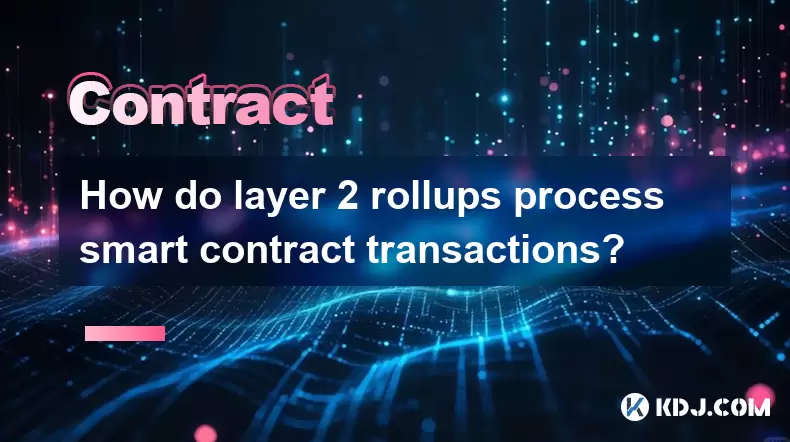
Understanding Layer 2 Rollups and Their Role in Blockchain
Layer 2 rollups are a category of scaling solutions designed to enhance the throughput and efficiency of blockchain networks, particularly Ethereum. These rollups operate by processing transactions off the main chain (layer 1), then batching them and submitting the final results back to the mainnet. This mechanism significantly reduces congestion on the primary network while maintaining the security guarantees of the underlying blockchain.
There are two primary types of layer 2 rollups: Optimistic Rollups and ZK-Rollups. Each has distinct mechanisms for handling smart contract execution, but both share the goal of reducing gas costs and increasing transaction speed without compromising decentralization or security.
Smart Contract Execution in Optimistic Rollups
In Optimistic Rollups, smart contracts are executed under the assumption that all transactions are valid unless challenged. The system is called "optimistic" because it assumes good behavior from validators unless proven otherwise during a dispute period.
- A user submits a transaction to interact with a smart contract.
- The transaction is processed off-chain by a sequencer, which aggregates multiple transactions into a batch.
- The sequencer computes the new state root and submits it to the Ethereum mainnet along with the transaction data.
- During the challenge period (typically around one week), any validator can submit a fraud proof if they detect an invalid transaction.
- If a fraud proof is validated, the incorrect batch is rolled back, and the malicious actor is penalized.
This approach allows complex smart contract logic to be handled off-chain, drastically lowering gas fees while preserving the integrity of the Ethereum Virtual Machine (EVM).
Smart Contract Execution in ZK-Rollups
ZK-Rollups, short for Zero-Knowledge Rollups, use cryptographic proofs to validate transactions before they are submitted to the main chain. Unlike Optimistic Rollups, they do not rely on a challenge period; instead, every batch comes with a validity proof known as a zk-SNARK (Zero-Knowledge Succinct Non-Interactive Argument of Knowledge) or zk-STARK.
Here’s how smart contracts are processed:
- Transactions are gathered and executed off-chain by a prover node.
- The prover generates a zero-knowledge proof that confirms the correctness of the state transition.
- This proof, along with the compressed transaction data, is sent to the Ethereum mainnet.
- A smart contract on layer 1 verifies the proof quickly and applies the new state if valid.
Because validity proofs ensure correctness at the time of submission, there's no need for a long challenge window. This makes ZK-Rollups faster in finalizing smart contract interactions compared to their optimistic counterparts.
Handling Complex Smart Contracts Off-Chain
Processing complex smart contracts on layer 2 requires translating EVM-compatible code into formats compatible with the rollup environment. In many cases, developers must adapt their Solidity or Vyper contracts to work within the constraints of the rollup architecture.
For example, Optimistic Rollups maintain full EVM compatibility, allowing developers to deploy existing smart contracts with minimal changes. However, they may face limitations in terms of throughput and latency when dealing with high-frequency contract calls.
On the other hand, ZK-Rollups historically had difficulty supporting general-purpose smart contracts due to the complexity of generating zero-knowledge proofs for arbitrary computations. Recent advancements like zkEVMs have largely solved this issue by creating environments that emulate the EVM using zero-knowledge cryptography.
Data Availability and Security Considerations
One of the core principles of layer 2 rollups is that they publish all transaction data to the Ethereum mainnet, even though execution happens off-chain. This ensures data availability, meaning anyone can reconstruct the state if needed.
- All transaction data is stored in layer 1 calldata, making it publicly accessible.
- State roots are updated periodically to reflect the latest state of the rollup.
- Users can exit the rollup by proving ownership of funds directly on the mainnet.
This design preserves the trustless nature of blockchains, ensuring that even if a rollup operator becomes malicious or goes offline, users can still recover their assets.
Frequently Asked Questions
Q: Can I use the same tools to develop smart contracts for layer 2 rollups as I would for Ethereum?
A: Yes, many layer 2 platforms support standard development tools like Hardhat, Truffle, and Remix, especially those offering EVM compatibility such as Optimism and Arbitrum. However, deploying to ZK-Rollups may require additional tooling support depending on the zkEVM implementation.
Q: How does gas pricing work in layer 2 rollups?
A: Gas pricing in layer 2 rollups is typically much lower than on layer 1 because only a fraction of computational work occurs on-chain. Fees are calculated based on the cost of publishing data to Ethereum and the resources used off-chain.
Q: Are smart contract interactions on layer 2 rollups as secure as on Ethereum?
A: While layer 2 rollups inherit security from Ethereum’s consensus, the level of trust required varies between types. ZK-Rollups offer mathematically guaranteed security through validity proofs, whereas Optimistic Rollups depend on economic incentives and honest actors to enforce correctness.
Q: What happens if a sequencer in a rollup stops functioning?
A: Most rollup systems allow users to force transaction inclusion via layer 1, bypassing the sequencer. This ensures censorship resistance and continuity of operations even if the sequencer malfunctions or acts dishonestly.
Disclaimer:info@kdj.com
The information provided is not trading advice. kdj.com does not assume any responsibility for any investments made based on the information provided in this article. Cryptocurrencies are highly volatile and it is highly recommended that you invest with caution after thorough research!
If you believe that the content used on this website infringes your copyright, please contact us immediately (info@kdj.com) and we will delete it promptly.
- Bitcoin's Wild Ride: Records, Rallies, and Reversals - A New Yorker's Take
- 2025-07-21 02:30:12
- CoinDCX Hack: $44 Million Lost, User Funds Safe... For Now?
- 2025-07-21 02:30:12
- BONK, FLOKI, Remittix Predictions: Navigating the Meme Coin Mania and Beyond
- 2025-07-21 02:50:13
- Hacker Attack on CoinDCX: Funds Safe, But Lessons Learned
- 2025-07-21 02:50:13
- Rachel Booth: Missing Person Case and Jogging Clues Unfold
- 2025-07-21 02:55:12
- Iron Maiden: Music Legends Celebrate 50 Years with Royal Mint Coin
- 2025-07-21 00:30:13
Related knowledge

What is a maker vs a taker fee?
Jul 19,2025 at 01:14am
Understanding the Basics of Cryptocurrency Exchange FeesIn the world of cryptocurrency trading, maker vs taker fees are a fundamental concept that eve...

How to analyze Bitcoin futures data from CME?
Jul 19,2025 at 05:22pm
Understanding Bitcoin Futures on CMEBitcoin futures on the CME Group (Chicago Mercantile Exchange) represent a regulated financial instrument that all...
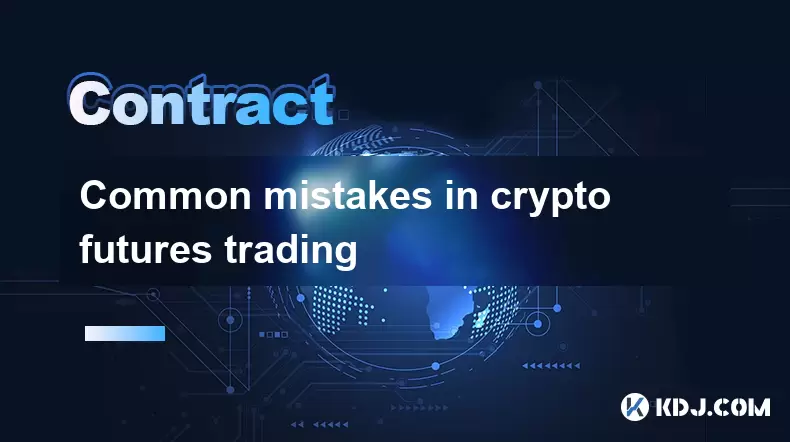
Common mistakes in crypto futures trading
Jul 20,2025 at 09:56pm
Overleveraging Without Risk ManagementOne of the most common mistakes in crypto futures trading is overleveraging. Traders often believe that using hi...

How to understand the liquidation price?
Jul 19,2025 at 10:00pm
What Is a Liquidation Price in Cryptocurrency Trading?In the realm of cryptocurrency futures and margin trading, the liquidation price refers to the s...
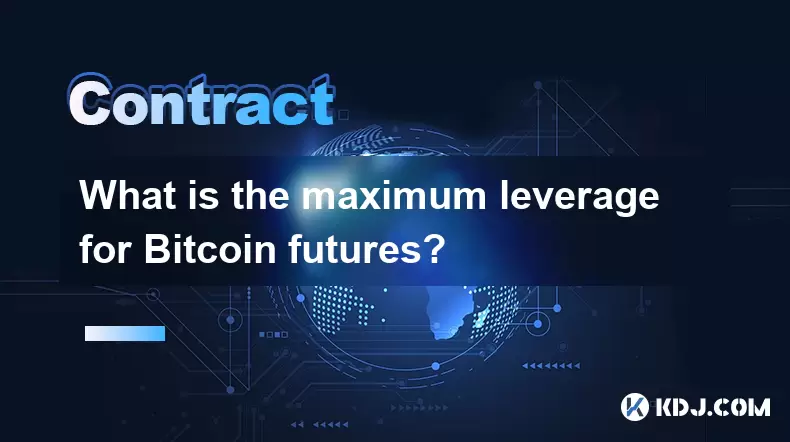
What is the maximum leverage for Bitcoin futures?
Jul 20,2025 at 03:42pm
Understanding Leverage in Bitcoin FuturesLeverage in Bitcoin futures refers to the use of borrowed capital to increase the potential return on investm...
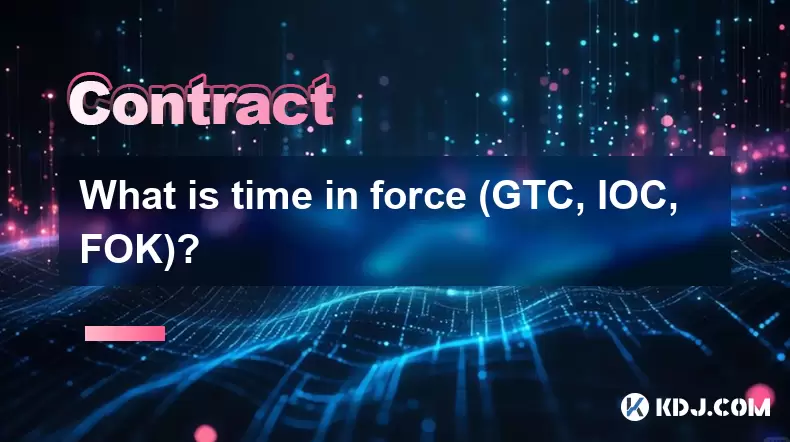
What is time in force (GTC, IOC, FOK)?
Jul 19,2025 at 08:57am
Understanding Time in Force in Cryptocurrency TradingIn the world of cryptocurrency trading, the Time in Force (TIF) is a crucial parameter that deter...

What is a maker vs a taker fee?
Jul 19,2025 at 01:14am
Understanding the Basics of Cryptocurrency Exchange FeesIn the world of cryptocurrency trading, maker vs taker fees are a fundamental concept that eve...

How to analyze Bitcoin futures data from CME?
Jul 19,2025 at 05:22pm
Understanding Bitcoin Futures on CMEBitcoin futures on the CME Group (Chicago Mercantile Exchange) represent a regulated financial instrument that all...

Common mistakes in crypto futures trading
Jul 20,2025 at 09:56pm
Overleveraging Without Risk ManagementOne of the most common mistakes in crypto futures trading is overleveraging. Traders often believe that using hi...

How to understand the liquidation price?
Jul 19,2025 at 10:00pm
What Is a Liquidation Price in Cryptocurrency Trading?In the realm of cryptocurrency futures and margin trading, the liquidation price refers to the s...

What is the maximum leverage for Bitcoin futures?
Jul 20,2025 at 03:42pm
Understanding Leverage in Bitcoin FuturesLeverage in Bitcoin futures refers to the use of borrowed capital to increase the potential return on investm...

What is time in force (GTC, IOC, FOK)?
Jul 19,2025 at 08:57am
Understanding Time in Force in Cryptocurrency TradingIn the world of cryptocurrency trading, the Time in Force (TIF) is a crucial parameter that deter...
See all articles























